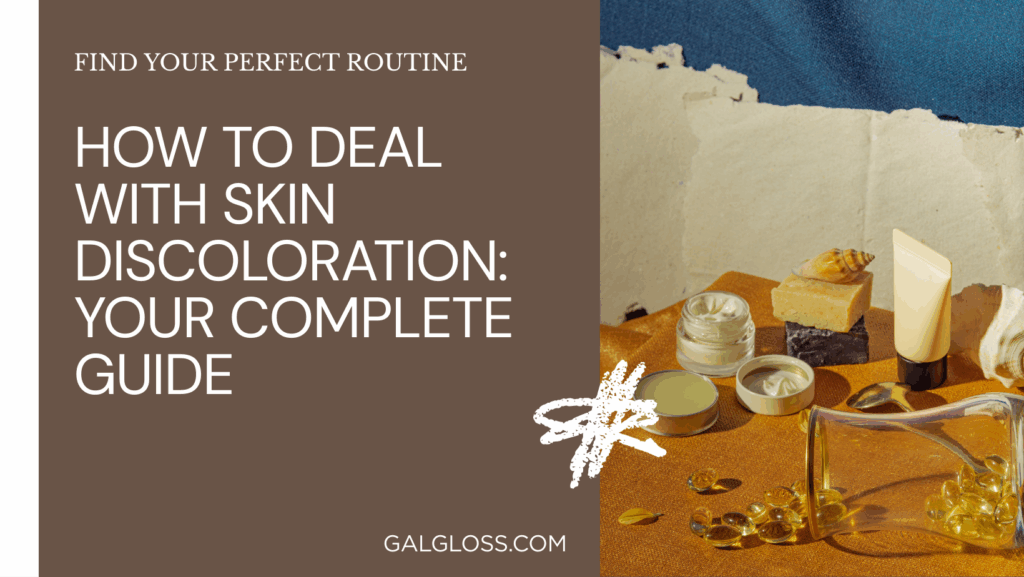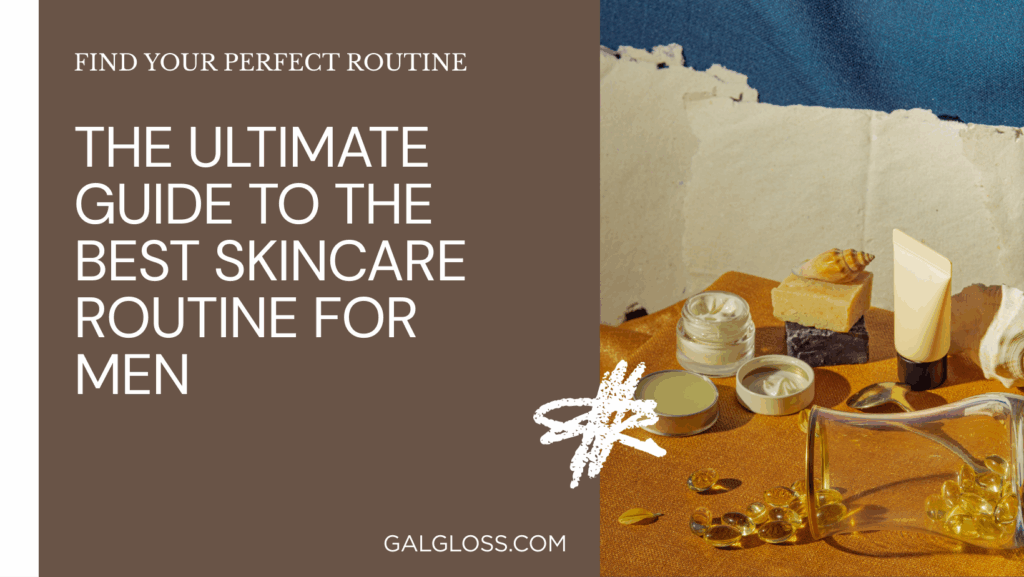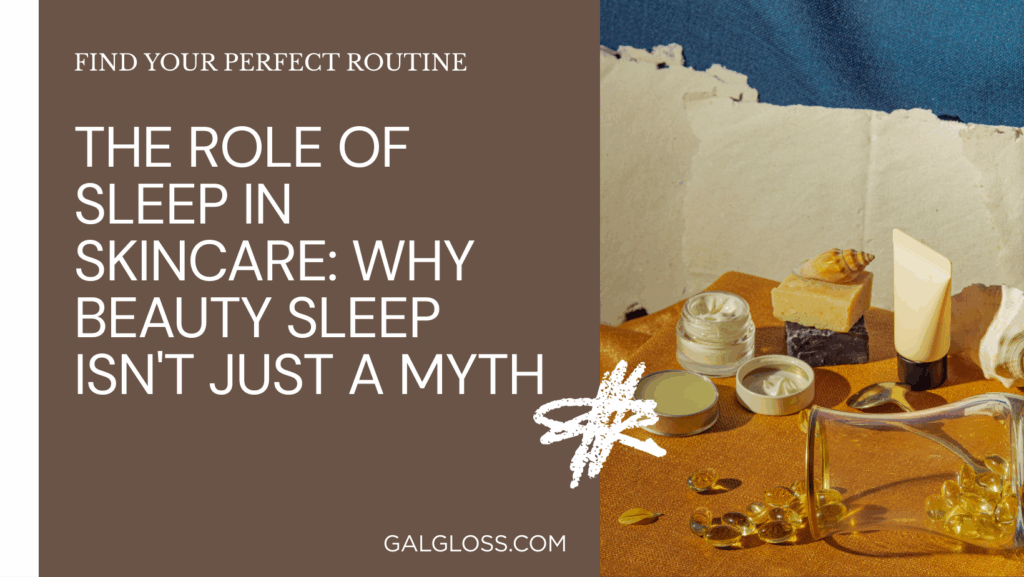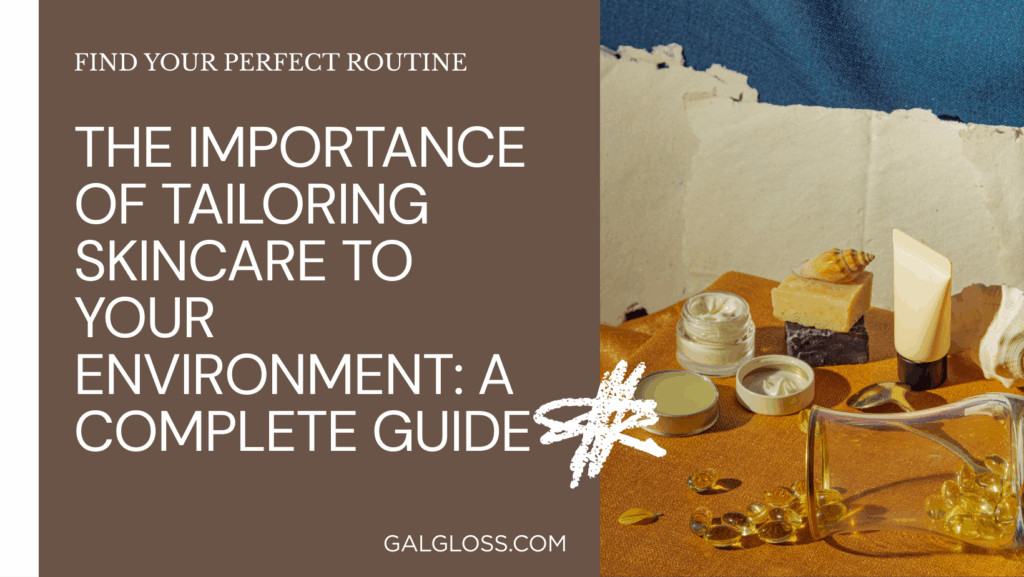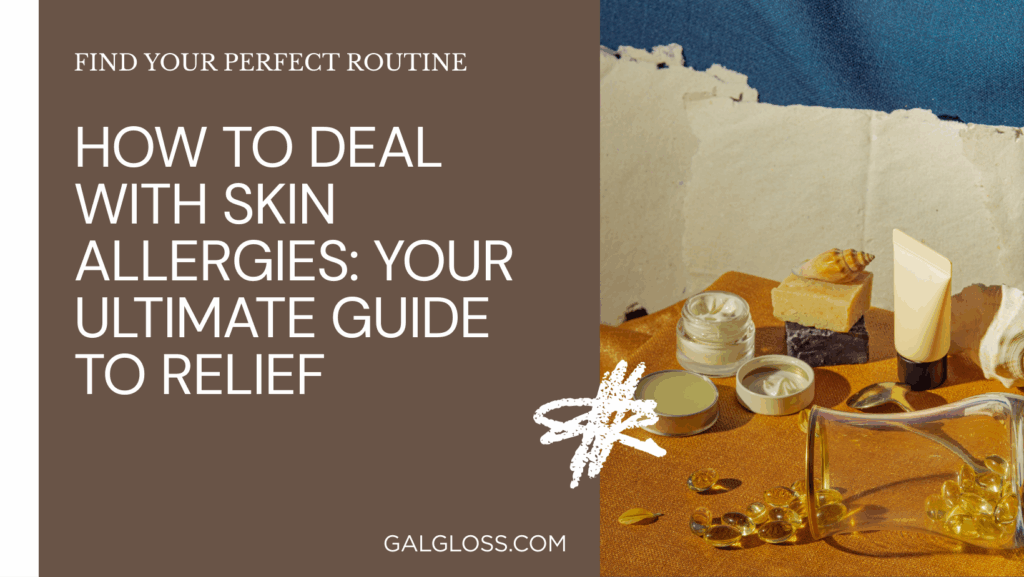Ever looked in the mirror and noticed dark patches on your skin? You’re not alone. Hyperpigmentation is a common skin concern that affects millions of people worldwide. But don’t worry – we’ve got you covered!
In this comprehensive guide, we’ll dive into everything you need to know about hyperpigmentation. From understanding what causes those pesky dark spots to exploring effective treatment options, we’ll equip you with the knowledge to tackle this skin issue head-on.
Understanding Hyperpigmentation

So, what exactly is hyperpigmentation? Simply put, it’s when certain areas of your skin produce more melanin (the pigment that gives skin its color) than usual. The result? Darker patches that can appear on your face, hands, or other parts of your body.
Why does this happen? Well, there are several culprits:
- Sun exposure (the biggest offender!)
- Hormonal changes (hello, pregnancy mask!)
- Inflammation or injury to the skin
- Certain medications
- Age (those sneaky age spots)
Hyperpigmentation isn’t harmful, but it can be a real confidence-killer. Let’s break down the main types you might encounter:
- Melasma: Often called the “mask of pregnancy,” this type appears as symmetrical patches on the face. It’s triggered by hormonal changes and sun exposure.
- Post-inflammatory hyperpigmentation (PIH): This occurs after skin injury or inflammation, like acne or eczema. It’s more common in darker skin tones.
- Sun spots/age spots: These small, darkened patches are caused by years of sun exposure. They’re most common on areas frequently exposed to UV rays, like your face, hands, and chest.
While anyone can develop hyperpigmentation, some skin types are more prone to it. People with darker skin tones (Fitzpatrick types IV-VI) are more susceptible due to their higher melanin content. But fair-skinned folks aren’t off the hook – they’re more likely to develop sun spots.
Prevention Strategies
You know what they say – an ounce of prevention is worth a pound of cure. Here’s how to keep hyperpigmentation at bay:
Sun Protection: Your First Line of Defense
I can’t stress this enough: sunscreen is your BFF when it comes to preventing hyperpigmentation. Here’s why:
- UV rays trigger melanin production
- Sun exposure can darken existing hyperpigmentation
- Proper protection helps prevent new dark spots from forming
Choose a broad-spectrum sunscreen with at least SPF 30. Apply it daily, even on cloudy days or when you’re indoors. And don’t forget to reapply every 2 hours when you’re out and about!
Skincare Habits That Make a Difference
- Gentle cleansing: Avoid harsh scrubs that can irritate your skin and worsen hyperpigmentation.
- Regular exfoliation: Use chemical exfoliants like AHAs or BHAs to promote cell turnover.
- Hydration is key: Keep your skin moisturized to maintain a healthy barrier function.
Lifestyle Changes to Consider
- Quit smoking: It’s not just bad for your lungs – smoking can also lead to uneven skin tone.
- Manage stress: High stress levels can trigger hormonal changes that exacerbate melasma.
- Eat a balanced diet: Load up on antioxidant-rich foods to support skin health from the inside out.
Treatment Options: From OTC to Professional
Ready to tackle existing hyperpigmentation? Let’s explore your options:
Over-the-Counter Solutions
Your local drugstore is full of products designed to fade dark spots. Here are some key ingredients to look for:
| Ingredient | How It Works |
| Vitamin C | Brightens skin and inhibits melanin production |
| Niacinamide | Interferes with melanin transfer to skin cells |
| Kojic Acid | Natural skin lightener derived from fungi |
| Alpha Arbutin | Plant-based compound that inhibits tyrosinase |
| Retinoids | Increase cell turnover and fade dark spots |
When choosing OTC products, patience is key. It can take 4-12 weeks to see noticeable results, so stick with it!
Professional Treatments
For stubborn hyperpigmentation, you might want to consider professional treatments:
- Chemical Peels: These use stronger acids to remove the top layer of skin, revealing brighter skin underneath. They’re great for treating melasma and sun damage.
- Microdermabrasion: This physical exfoliation technique can help with mild hyperpigmentation and improve overall skin texture.
- Laser Therapy: Various types of lasers can target pigment cells without damaging surrounding tissue. It’s effective but requires multiple sessions and can be pricey.
Always consult with a dermatologist before starting any professional treatments. They can assess your skin type and recommend the best approach for your specific case.
Natural Remedies: DIY Options
If you prefer a more natural approach, try these home remedies:
- Lemon juice: Its citric acid content can help lighten dark spots. Mix with honey for added hydration.
- Aloe vera: This soothing plant has natural depigmenting properties.
- Turmeric: Make a paste with yogurt for a brightening face mask.
Remember, natural doesn’t always mean gentle. Patch test these remedies first to avoid skin irritation.
Your Hyperpigmentation-Fighting Skincare Routine
Now that we’ve covered the basics, let’s put it all together into a daily routine:
Morning Routine
- Cleanse with a gentle, non-irritating cleanser
- Apply a vitamin C serum
- Moisturize with a lightweight, non-comedogenic product
- Finish with broad-spectrum sunscreen (SPF 30 or higher)
Evening Routine
- Double cleanse (use an oil-based cleanser followed by a water-based one)
- Apply a treatment serum (e.g., niacinamide or kojic acid)
- Use a retinoid product (start with over-the-counter options like retinol)
- Finish with a heavier, nourishing moisturizer
Weekly Treatments
1-2 times a week, incorporate an exfoliating treatment:
- Use a chemical exfoliant like glycolic acid or lactic acid
- Or try a gentle physical exfoliant with ingredients like jojoba beads
Makeup Tips for Covering Hyperpigmentation
While you’re working on fading those dark spots, you might want to cover them up. Here’s how:
- Color correction: Use an orange or peach-toned concealer to neutralize dark spots before applying foundation.
- Foundation: Choose a full-coverage foundation that matches your skin tone perfectly.
- Concealer: Spot-conceal any remaining dark areas.
- Set it: Use a translucent powder to lock everything in place.
Remember, less is more. Build coverage gradually to avoid a cakey look.
When to See a Dermatologist
While many cases of hyperpigmentation can be managed at home, sometimes professional help is needed. Consider seeing a dermatologist if:
- Your hyperpigmentation is severe or widespread
- OTC treatments aren’t making a difference after several months
- You’re not sure what’s causing your hyperpigmentation
- You have a history of skin cancer
During your appointment, be prepared to discuss your medical history, current skincare routine, and treatment goals. Your dermatologist might recommend prescription-strength treatments or in-office procedures tailored to your needs.
Living with Hyperpigmentation
Remember, perfect skin is a myth. While we can work to improve hyperpigmentation, some dark spots might stick around. Here’s how to embrace your skin:
- Focus on overall skin health: A glowing complexion can make hyperpigmentation less noticeable.
- Practice self-love: Your worth isn’t determined by your skin’s appearance.
- Educate others: Share what you’ve learned about hyperpigmentation to raise awareness.
Conclusion
Dealing with hyperpigmentation can feel like an uphill battle, but armed with the right knowledge and tools, you can make a real difference in your skin’s appearance. Let’s recap the key points:
- Prevention is crucial – never skip the sunscreen!
- A consistent skincare routine with targeted ingredients can fade dark spots over time.
- Professional treatments offer more intensive solutions for stubborn hyperpigmentation.
- Natural remedies and makeup can help while you’re working on long-term solutions.
- When in doubt, consult a dermatologist for personalised advice.
Remember, improving hyperpigmentation is a journey, not a destination. Be patient with your skin, celebrate small victories, and don’t forget to love the skin you’re in – dark spots and all.
Have you dealt with hyperpigmentation? What strategies worked best for you? Share your experiences and keep the conversation going. Together, we can support each other in our quest for healthier, more radiant skin!
